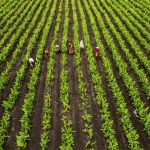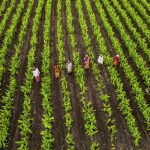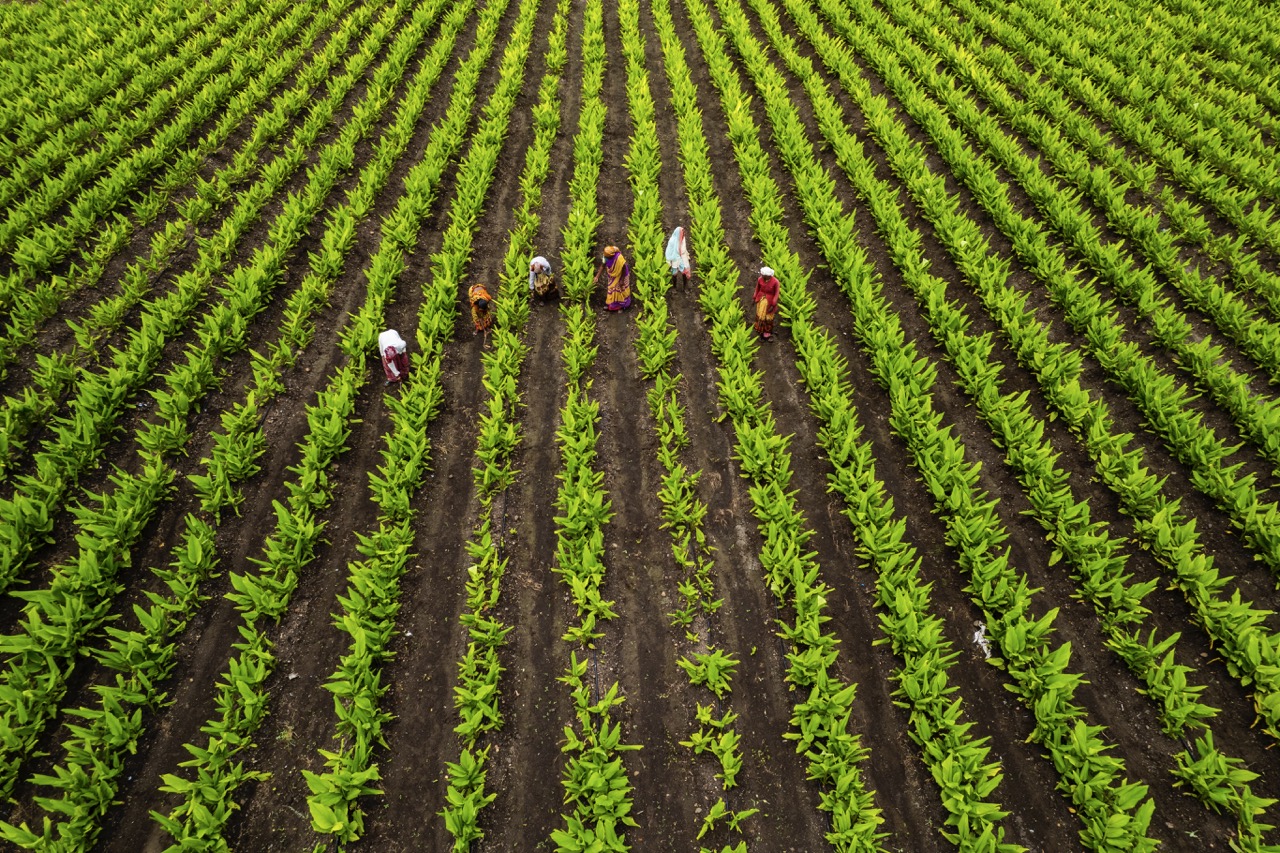Choosing the right farming equipment is essential for optimizing agricultural operations, enhancing productivity, and ensuring long-term sustainability. With the vast array of machinery and tools available on the market, farmers must navigate a complex landscape of options tailored to various farming practices. From tractors to tillers, seeding equipment to harvesters, making informed decisions can significantly affect both efficiency and profitability. This article aims to provide a comprehensive guide to assist farmers in selecting the most appropriate equipment for their unique needs.
Understanding Your Farming Operations and Requirements
Before diving into the selection of farming equipment, it is crucial to have a clear understanding of your specific farming operations and needs. Consider factors such as the type of crops you cultivate, the size of your farm, and the methods you employ. For instance, a large-scale grain operation will have vastly different requirements compared to a small-scale organic vegetable farm. Conducting a thorough assessment of your current operations will enable you to identify the equipment that can help streamline processes and improve yields.
Additionally, consider the frequency and intensity of equipment usage. Will the equipment be used for seasonal tasks, or is it required for year-round operations? Understanding the demands of your farming cycle will guide you in selecting machines designed for durability and performance. Moreover, recognizing your labor force’s skill level is essential; some equipment may require specialized training, while others may be more user-friendly for less experienced operators.
Finally, it is important to evaluate how your farming practices may evolve over time. Consider trends in agriculture such as precision farming, sustainable practices, and technological advancements. Investing in equipment that can adapt to future agricultural practices can yield significant benefits in the long run. By thoroughly understanding your current and future requirements, you can make more informed decisions about the necessary farming equipment.
Key Factors to Consider When Selecting Equipment
When selecting farming equipment, several key factors should guide your decision-making process. First and foremost, assess the equipment’s compatibility with your existing machinery. Ensuring that new tools can integrate seamlessly with your current operations will save you time and reduce costs associated with training and part replacements. Additionally, consider the availability of parts and service support for the equipment you are interested in. Choosing brands with a solid reputation for customer service can provide peace of mind in the event of repairs or maintenance.
Another critical factor is the equipment’s efficiency and performance. Look for specifications that outline the machine’s capabilities, such as horsepower, fuel consumption, and output rates. Conducting thorough research, including reading reviews and case studies, can provide insights into how well the equipment performs in real-world farming scenarios. It’s also beneficial to ask for demonstrations or test drives before making a purchase, allowing you to evaluate the equipment firsthand.
Finally, consider the equipment’s size and design in relation to your farm’s layout. The physical dimensions of machinery can affect maneuverability in tight spaces or on uneven terrain. Additionally, ergonomic design features can impact operator comfort and efficiency. Ensuring that equipment is appropriately sized and designed for your specific farming context will foster better productivity and reduce the risk of accidents or damage.
Comparing Brands and Models: What You Need to Know
With numerous brands and models of farming equipment available, making comparisons can be overwhelming. Start by identifying reputable manufacturers known for their reliability and durability. Engage with local farming communities and online forums to gather insights and recommendations about different brands. This grassroots intelligence can often highlight lesser-known models that may offer excellent performance at competitive prices.
Evaluate features across different models that may impact your decision. For instance, some tractors may come equipped with advanced GPS technology for precision farming, while others may prioritize simplicity and ease of use. Assess how these features align with your operational goals and whether they justify any additional costs. Additionally, examine warranty offerings and customer service support, as these elements can significantly influence your satisfaction and experience as an equipment owner.
Lastly, consider the resale value of the equipment you’re interested in. Some brands maintain a higher resale value due to their reputation and reliability, which can be an essential factor if you plan to upgrade or change equipment in the future. Conducting a thorough comparative analysis will help you make an informed choice, ensuring that your investment meets your specific farming requirements and budget considerations.
Budgeting Wisely: Investing in Long-Term Efficiency
Budgeting effectively for farming equipment is essential to ensure profitability and sustainability. Start by establishing a clear budget that encompasses not only the purchase price but also maintenance, fuel, insurance, and potential repair costs. It is vital to look beyond the upfront costs and consider the total cost of ownership over the equipment’s lifespan. This comprehensive approach will help you make more informed financial decisions and avoid unexpected expenses.
Consider the financing options available to you. Many manufacturers and dealers offer financing plans that can ease the initial financial burden. However, evaluating interest rates and terms is crucial to ensure that these plans fit within your overall budget. Additionally, explore government programs and grants that may offer financial assistance or tax incentives for purchasing certain types of equipment, particularly those that promote sustainable farming practices.
Lastly, prioritize quality and long-term efficiency over short-term savings. While it may be tempting to opt for the lowest-priced equipment, investing in higher-quality machinery can lead to lower operating costs and improved productivity in the long run. Researching models for energy efficiency, performance longevity, and ease of maintenance can ultimately provide better returns on investment. By budgeting wisely and focusing on long-term efficiency, you will position your farming operation for sustained success.
Selecting the right farming equipment is a multifaceted decision that requires careful consideration of your operational needs, equipment features, brand reliability, and budget. By taking the time to understand your requirements and thoroughly evaluating your options, you can make informed choices that will enhance your farming efficiency and productivity. This thoughtful approach not only maximizes your investment but also contributes to the long-term sustainability of your agricultural practices. Remember, in the world of farming, the right tools can make all the difference.










